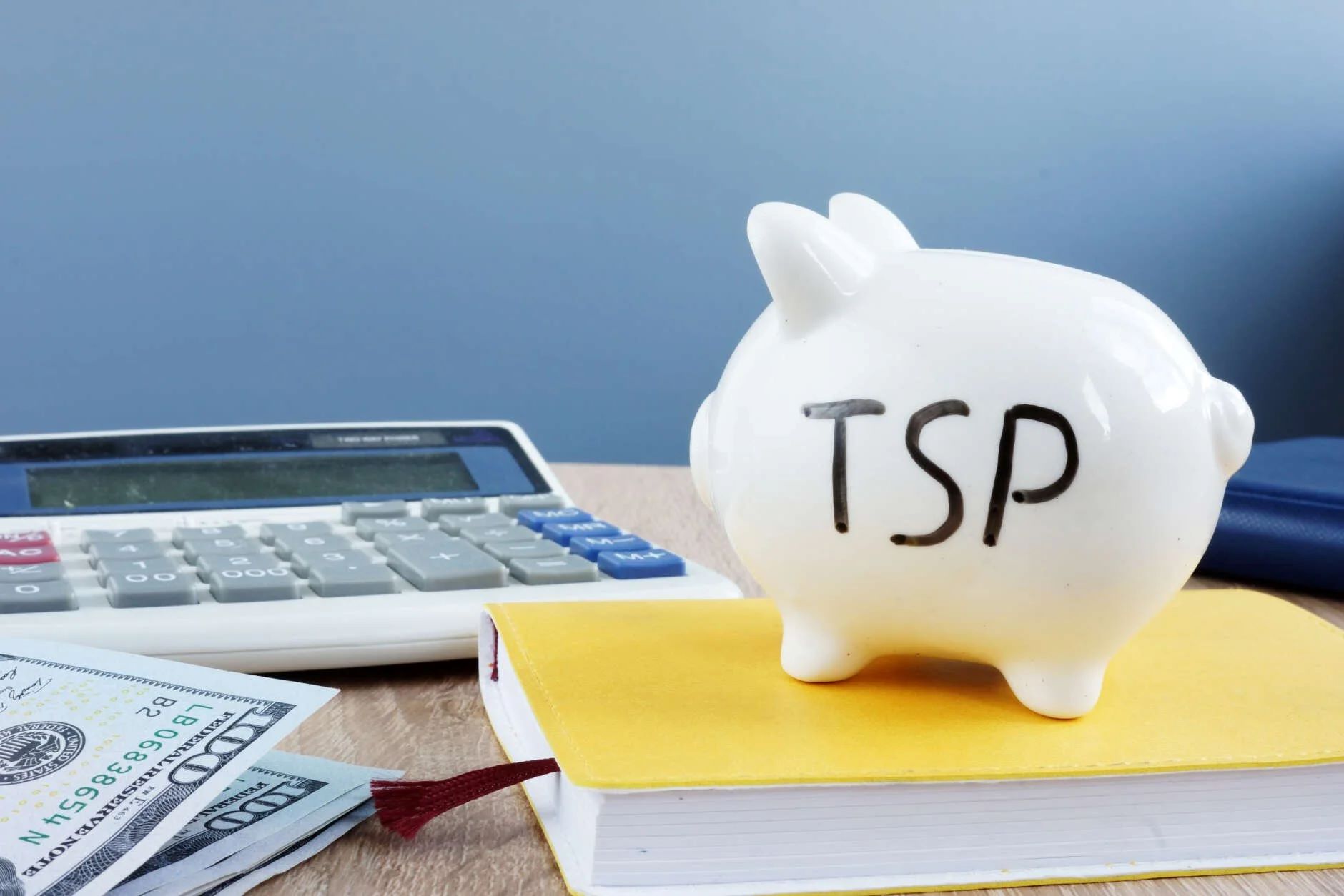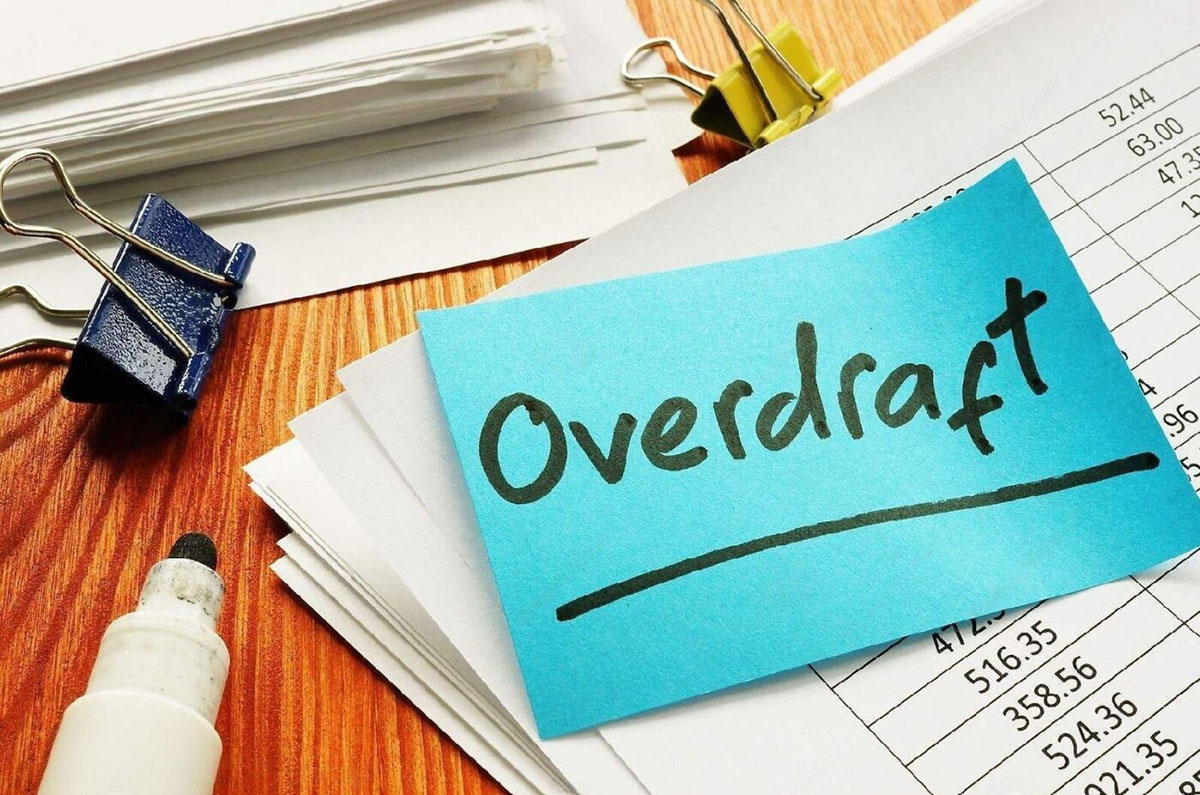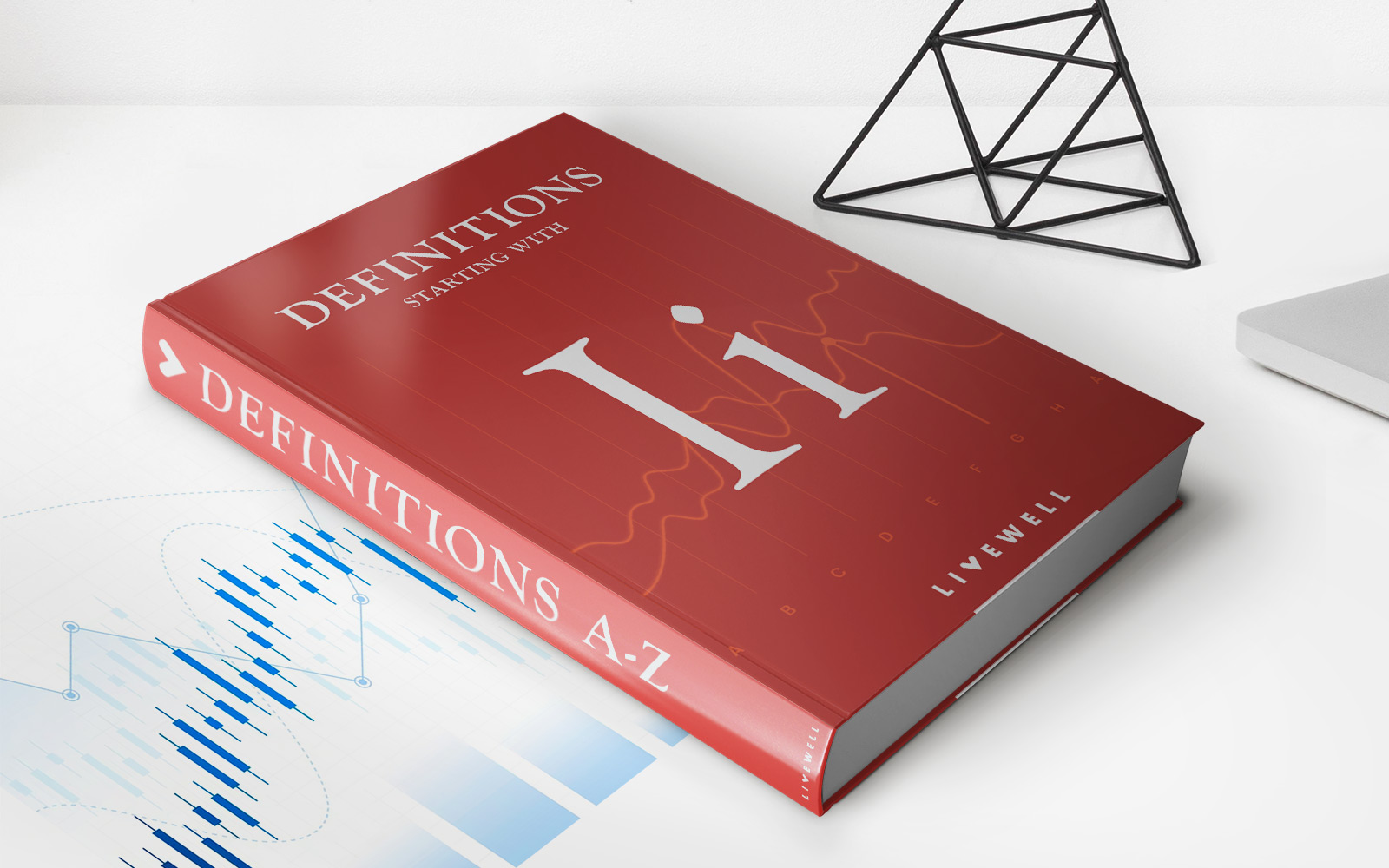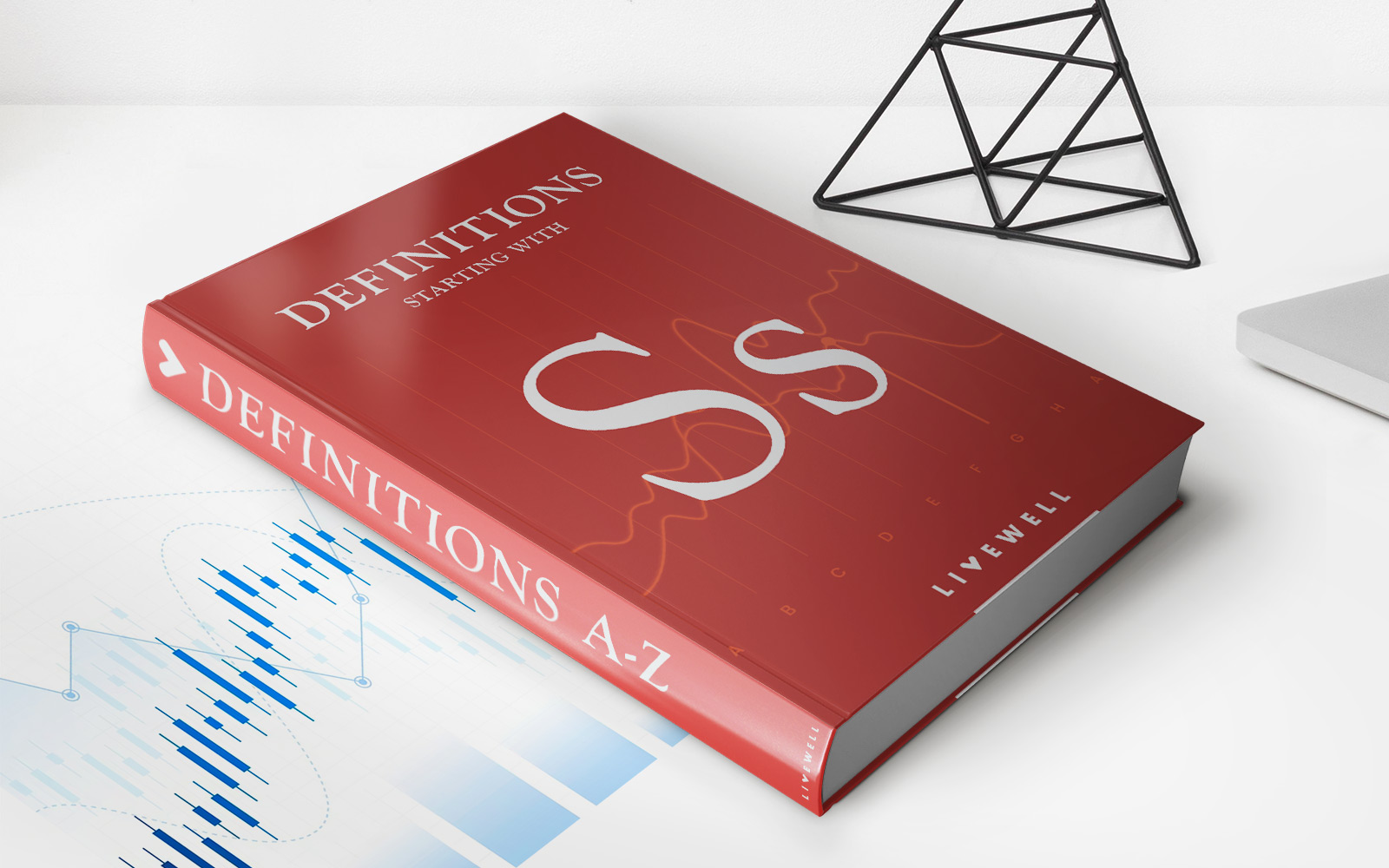

Finance
How To Start A 401K Without An Employer
Published: October 17, 2023
Learn how to start a 401K without an employer and take charge of your financial future. Expert finance advice to secure your retirement.
(Many of the links in this article redirect to a specific reviewed product. Your purchase of these products through affiliate links helps to generate commission for LiveWell, at no extra cost. Learn more)
Table of Contents
- Introduction
- Understanding the Basics of a 401(k) Plan
- Exploring Options for Self-Employed Individuals
- Setting Up a Solo 401(k) Plan
- Maximizing Contributions to a Solo 401(k)
- Rolling Over Funds from a Previous Employer’s 401(k)
- Managing Investments in a Self-Employed 401(k)
- Monitoring and Reevaluating Your Self-Employed 401(k)
- Conclusion
Introduction
Retirement planning is an essential aspect of financial security, providing individuals with the opportunity to save and invest for their future. While employer-sponsored 401(k) plans are commonly available, what options are available for those who are self-employed? How can self-employed individuals set up a 401(k) plan and begin saving for retirement?
In this article, we will explore how to start a 401(k) without an employer, focusing on self-employed individuals who are looking to establish a retirement savings plan. We will discuss the basics of a 401(k) plan, explore options for self-employed individuals, and delve into the process of setting up a Solo 401(k) plan.
Starting a 401(k) plan when you’re self-employed not only allows you to save for retirement but also provides potential tax benefits. By taking control of your retirement savings, you have the flexibility to contribute according to your financial situation and goals. So, let’s dive in and discover how you can begin your journey to financial security.
Understanding the Basics of a 401(k) Plan
Before we delve into how to start a 401(k) plan without an employer, it’s important to understand the basics of what a 401(k) plan entails. A 401(k) plan is a tax-advantaged retirement savings account offered by employers to their employees. The name “401(k)” comes from the section of the Internal Revenue Code that governs these types of plans.
With a traditional 401(k) plan, employees can contribute a portion of their pre-tax income to their retirement savings account. These contributions are deducted from their paycheck before taxes are applied, reducing their taxable income. The funds in the 401(k) account can be invested in a variety of investment options such as mutual funds, stocks, and bonds.
One of the major advantages of a 401(k) plan is the employer match. Some employers offer a matching contribution, where they will match a certain percentage of the employee’s contribution. This is essentially free money that can significantly boost an individual’s retirement savings.
Another key aspect of a 401(k) plan is that the contributions and any investment gains are tax-deferred. This means that individuals won’t pay taxes on the funds in their 401(k) account until they withdraw them in retirement. This allows the investments to grow and compound over time, potentially resulting in a larger nest egg for retirement.
However, it’s important to note that there are limits to the amount of money individuals can contribute to a 401(k) plan each year. The contribution limit for 2021 is $19,500 for individuals under the age of 50. For those who are 50 or older, a catch-up contribution of an additional $6,500 is allowed, bringing the total limit to $26,000.
Now that we have a foundational understanding of a traditional 401(k) plan, let’s explore the options available for self-employed individuals who want to start their own retirement savings plan.
Exploring Options for Self-Employed Individuals
For self-employed individuals, the options for retirement savings are different from those available to employees with employer-sponsored 401(k) plans. However, there are still several options that provide tax advantages and allow for efficient retirement planning.
One popular option for self-employed individuals is the Solo 401(k), also known as an Individual 401(k) or Self-Employed 401(k). This plan is designed specifically for business owners who have no full-time employees, or who only have part-time employees who are not eligible to participate in the plan.
The Solo 401(k) offers distinct advantages for self-employed individuals. First and foremost, it allows for higher contribution limits compared to other retirement plans. For 2021, the contribution limits for a Solo 401(k) are $58,000 for individuals under the age of 50, or $64,500 if you’re 50 or older. These higher limits enable self-employed individuals to maximize their savings potential and potentially build a larger retirement nest egg.
In addition, the Solo 401(k) plan allows for both employee and employer contributions. As the business owner, you act as both the employee and the employer, giving you the flexibility to contribute as an employee and make additional contributions as the employer. These contributions are tax-deductible, reducing your taxable income and providing immediate tax benefits.
Another benefit of the Solo 401(k) plan is the option for a Roth component. With a Roth Solo 401(k) contribution, individuals can make after-tax contributions, meaning withdrawals in retirement are tax-free. This provides a valuable tax diversification strategy, allowing for a mixture of pre-tax and post-tax retirement savings.
Alternatively, self-employed individuals can consider a Simplified Employee Pension (SEP) IRA. This plan allows for contributions of up to 25% of net self-employment income, with the maximum contribution limit set at $58,000 for 2021. SEP IRAs are easy to set up and have minimal administrative requirements, making them a popular choice for small business owners.
Lastly, self-employed individuals may also explore the option of a SIMPLE IRA. The Savings Incentive Match Plan for Employees (SIMPLE) IRA is best suited for businesses with fewer than 100 employees. With a SIMPLE IRA, both the employer and the employee make contributions, similar to a traditional employer-sponsored 401(k) plan. However, the contribution limits are lower compared to a Solo 401(k), with a maximum employee contribution of $13,500 for 2021.
Now that we have explored the options available for self-employed individuals, let’s focus on the process of setting up a Solo 401(k) plan, which provides the most flexibility and potential for higher contributions.
Setting Up a Solo 401(k) Plan
If you’re a self-employed individual looking to set up a retirement savings plan with maximum flexibility and contribution limits, a Solo 401(k) plan may be the ideal option for you. Here’s a step-by-step guide on how to set up your own Solo 401(k) plan:
- Determine your eligibility: To qualify for a Solo 401(k) plan, you must be a self-employed individual with no full-time employees (except for a spouse). If you have part-time employees who work less than 1,000 hours per year, they can be excluded from the plan.
- Select a Solo 401(k) provider: Research and compare Solo 401(k) providers to find one that suits your needs. Look for a provider that offers low fees, a variety of investment options, and user-friendly online platforms for managing your account.
- Complete the necessary paperwork: Once you’ve chosen a provider, you’ll need to complete the required paperwork to establish your Solo 401(k) plan. This typically includes an adoption agreement and a plan document. The provider will guide you through the process and help ensure you meet all the legal requirements.
- Apply for an Employer Identification Number (EIN): If you don’t already have one, you’ll need to obtain an EIN from the IRS. This unique identifier is used for tax purposes and is required to set up your Solo 401(k) plan.
- Open a bank account for your Solo 401(k): As the plan trustee, you’ll need to open a separate bank account specifically for your Solo 401(k) funds. This account will be used to receive contributions and make investments.
- Transfer or rollover funds: If you have existing retirement funds from previous employers’ 401(k) plans or other eligible accounts, you can transfer or rollover those funds into your Solo 401(k) account. This consolidation can help streamline your retirement savings and provide better control over your investments.
- Establish a contribution strategy: One of the advantages of a Solo 401(k) plan is the ability to make both employee and employer contributions. Determine the amount you want to contribute as the employee (subject to the annual contribution limits) and decide on the employer contribution, which is based on your business’s net income.
- Choose investment options: Once your Solo 401(k) account is set up and funded, you’ll have the opportunity to select the investment options that align with your risk tolerance and financial goals. Consider diversifying your portfolio by investing in a mix of stocks, bonds, mutual funds, and other assets.
By following these steps, you can establish your Solo 401(k) plan and begin saving for retirement with the maximum flexibility and contribution limits available to self-employed individuals.
Maximizing Contributions to a Solo 401(k)
One of the key advantages of a Solo 401(k) plan for self-employed individuals is the ability to maximize contributions, allowing for accelerated retirement savings. Here are some strategies to help you make the most of your Solo 401(k) contributions:
- Contribute as an employee: As the employee of your own business, you can contribute up to $19,500 (for individuals under 50) or $26,000 (for individuals 50 and older) of your earnings into your Solo 401(k) as elective deferrals in 2021. By maximizing your employee contributions, you take advantage of the tax benefits and boost your retirement savings.
- Consider the employer contribution: As the employer, you can contribute as much as 25% of your net self-employment income, up to a maximum of $58,000 (for individuals under 50) or $64,500 (for individuals 50 and older) for 2021. By making employer contributions, you not only increase your retirement savings but also enjoy potential tax deductions.
- Leverage catch-up contributions: If you’re 50 years old or older, take advantage of catch-up contributions. You can contribute an additional $6,500 in 2021, allowing you to accelerate your savings and make up for any lost time in building your retirement nest egg.
- Consider a Roth component: While traditional Solo 401(k) contributions are made with pre-tax dollars, you may also have the option to make Roth contributions. With Roth contributions, your contributions are made with after-tax dollars, but qualified withdrawals in retirement are tax-free. This can provide tax diversification and flexibility in managing your retirement income.
- Monitor contribution limits: Keep in mind that the contributions you make as an employee and employer must not exceed the annual contribution limits set by the IRS. Exceeding these limits can result in penalties and tax complications, so it’s essential to stay informed and adjust your contributions as needed.
By maximizing your contributions to your Solo 401(k) plan, you can take full advantage of the tax benefits and potential growth of your retirement savings. However, it’s essential to consult with a financial advisor or tax professional to ensure you understand the contribution limits and any implications specific to your individual circumstances.
Rolling Over Funds from a Previous Employer’s 401(k)
If you have funds in a previous employer’s 401(k) plan, you may have the option to roll them over into your Solo 401(k) account. Rolling over these funds can provide several benefits, including consolidated retirement savings and increased control over your investments. Here’s what you need to know about rolling over funds from a previous employer’s 401(k) into your Solo 401(k) plan:
1. Check if your previous employer allows rollovers: Start by contacting your previous employer’s human resources department or retirement plan administrator to determine if they allow rollovers. Some employers may offer this option, while others may not. If your previous employer does not permit rollovers, you may need to explore other options such as rolling over the funds into an IRA.
2. Understand the eligibility requirements: In most cases, you must be eligible to make rollovers from the previous employer’s plan. This eligibility typically depends on your employment status and the specific rules of the plan. Be sure to review the plan’s terms and consult with the plan administrator if you have any questions.
3. Decide between a direct rollover or an indirect rollover: When rolling over funds, you have two options: a direct rollover or an indirect rollover. With a direct rollover, the funds are transferred directly from the previous employer’s plan to your Solo 401(k) account, without passing through your hands. This is the recommended option as it avoids any tax withholding or penalties. An indirect rollover involves receiving the funds from the previous employer’s plan and then depositing them into your Solo 401(k) account within 60 days. However, be aware that an indirect rollover is subject to 20% tax withholding and must meet certain requirements to avoid penalties.
4. Complete the necessary paperwork: Once you’ve determined that you’re eligible for a rollover, you’ll need to complete the necessary paperwork to initiate the transfer. This may involve forms provided by your previous employer’s plan administrator or your Solo 401(k) provider. Follow the instructions carefully to ensure a smooth and accurate rollover process.
5. Monitor the rollover process: Stay engaged throughout the rollover process and monitor the status of the transfer. Follow up with both the previous employer’s plan administrator and your Solo 401(k) provider to ensure the funds are transferred successfully and deposited into your Solo 401(k) account.
6. Review and adjust your investment strategy: Once the funds are rolled over into your Solo 401(k) account, take the opportunity to review and adjust your investment strategy. Consider your risk tolerance, retirement goals, and the available investment options within your Solo 401(k) plan. Diversify your investments to spread risk and potentially maximize returns.
By rolling over funds from a previous employer’s 401(k) into your Solo 401(k) plan, you can simplify your retirement savings and gain more control over your investments. Be sure to consult with a financial advisor or tax professional to ensure you understand the rollover process and any tax implications specific to your situation.
Managing Investments in a Self-Employed 401(k)
Once you have set up your self-employed 401(k) plan, it is crucial to effectively manage your investments to maximize your retirement savings. Here are some key strategies to consider when managing investments in your self-employed 401(k) account:
- Define your investment goals: Determine your long-term investment goals, such as the desired rate of return and the level of risk you are comfortable with. This will guide your investment decisions and help you select appropriate investment options.
- Diversify your portfolio: Spread your investments across different asset classes, such as stocks, bonds, real estate, and cash. Diversification helps to minimize risk by reducing reliance on a single investment. Consider utilizing mutual funds or exchange-traded funds (ETFs) that offer diversified portfolios.
- Review and rebalance periodically: Regularly review your investment portfolio to ensure it aligns with your goals. Rebalance your portfolio, if necessary, by adjusting the allocation of funds to maintain the desired asset mix. Market fluctuations can cause imbalances, so periodic rebalancing helps maintain diversification and risk management.
- Stay informed: Stay updated on market trends, economic indicators, and investment news. Monitor the performance of your chosen investment options and adjust your strategy, if needed, based on changing market conditions and individual investments.
- Consider a professional advisor: If you lack the time, knowledge, or confidence to manage your investments, consider consulting with a financial advisor or investment professional. They can provide personalized advice, assist with asset allocation, and help you make informed investment decisions.
- Monitor fees: Pay attention to the fees associated with your self-employed 401(k) plan and the investment options within it. High fees can eat into your returns over time. Compare expense ratios and transaction fees among different investment options and choose options with reasonable costs.
- Stay disciplined and avoid emotional decisions: Emotions can influence investment decisions, leading to buying or selling investments based on short-term market fluctuations. Stay disciplined and focus on your long-term investment strategy. Avoid making impulsive decisions based on fear or greed.
- Review tax implications: Understand the tax implications of your investment decisions within your self-employed 401(k) plan. Contributions to a traditional 401(k) plan are typically tax-deductible, while Roth 401(k) contributions are made with after-tax dollars. Consult with a tax professional to optimize your investment strategy from a tax perspective.
Managing investments in a self-employed 401(k) requires careful consideration of one’s financial goals, the desired level of risk, and the ever-changing market conditions. By implementing these strategies, staying disciplined, and seeking professional guidance when needed, you can effectively manage your investments and work towards achieving your retirement goals.
Monitoring and Reevaluating Your Self-Employed 401(k)
Monitoring and reevaluating your self-employed 401(k) plan is a crucial aspect of ensuring your retirement savings stay on track. By regularly assessing the performance of your investments and making necessary adjustments, you can optimize your retirement strategy. Here are some key factors to consider when monitoring and reevaluating your self-employed 401(k) plan:
- Review investment performance: Periodically assess the performance of your investment options within your self-employed 401(k) plan. Track the returns and compare them to appropriate benchmarks. Identify any underperforming investments and consider whether they are still aligned with your long-term goals.
- Assess risk tolerance: Your risk tolerance may change over time due to various factors such as age, financial goals, and personal circumstances. Regularly evaluate your risk tolerance and adjust your investment allocations accordingly. As you approach retirement, you may want to shift towards more conservative investments to protect your savings.
- Consider life changes: Significant life events such as marriage, having children, buying a home, or starting a new business can impact your retirement goals and financial situation. Take these changes into account and reassess your retirement plan. Adjust your contributions and investment strategy to align with your updated circumstances.
- Evaluate contribution levels: Monitoring your contributions and assessing whether you can increase them is an important part of maximizing your retirement savings. As your income grows or business profits increase, consider increasing your contributions to take advantage of tax benefits and accelerate your savings.
- Review fees and expenses: Keep an eye on the fees associated with your self-employed 401(k) plan and investment options. High fees can significantly impact your long-term returns. Compare the expenses of different investment options and consider switching to lower-cost alternatives if they offer similar performance.
- Stay informed about regulatory changes: Retirement plan regulations and tax laws can evolve over time. Stay informed about any changes that may affect your self-employed 401(k) plan. Familiarize yourself with the rules and any new opportunities or limitations that may arise.
- Consider professional advice: If you are unsure about managing your self-employed 401(k) or don’t have the time to do so, seek guidance from a financial advisor or investment professional. They can provide personalized advice, help you navigate complex investment decisions, and assist with setting and achieving your retirement goals.
- Regularly revisit your retirement goals: Take time to reassess your retirement goals and objectives. Are you on track to meet your desired retirement age, lifestyle, and income needs? Make adjustments to your savings and investment strategy, if needed, to ensure you are on the right path.
By regularly monitoring and reevaluating your self-employed 401(k) plan, you can ensure it remains aligned with your financial goals, risk tolerance, and changing circumstances. Stay proactive, stay informed, and make adjustments as necessary to optimize your retirement savings and pave the way for a secure and comfortable future.
Conclusion
Starting a 401(k) without an employer may seem challenging for self-employed individuals, but with the right knowledge and strategies, it is entirely possible to set up a robust retirement savings plan. By understanding the basics of a 401(k) plan, exploring options specifically designed for self-employed individuals, and taking proactive steps to manage and monitor your investments, you can create a solid financial foundation for your future.
A self-employed 401(k) plan, such as a Solo 401(k), offers numerous benefits, including higher contribution limits, tax advantages, and the flexibility to make both employee and employer contributions. It empowers you to take control of your retirement savings and enables you to optimize your contributions according to your financial situation and goals.
When setting up your self-employed 401(k), carefully evaluate your eligibility, choose a reliable provider, and complete the necessary paperwork. Consider rolling over funds from previous employer 401(k) plans to consolidate your retirement savings. Maximize your contributions while staying mindful of the annual limits, and regularly reassess your investment strategy, risk tolerance, and financial goals.
Monitoring and reevaluating your self-employed 401(k) on a regular basis is essential. Keep a close eye on investment performance, fees, and any changes in your personal circumstances. Stay informed about retirement plan regulations and seek professional advice when needed. By taking these steps, you’ll be able to stay on track, make informed decisions, and adjust your retirement strategy to align with your evolving needs and aspirations.
Remember, your self-employed 401(k) is a long-term investment in your financial well-being. By being proactive, diligent, and adaptable, you can build a substantial retirement nest egg that provides you with the peace of mind and financial security you deserve during your golden years.














